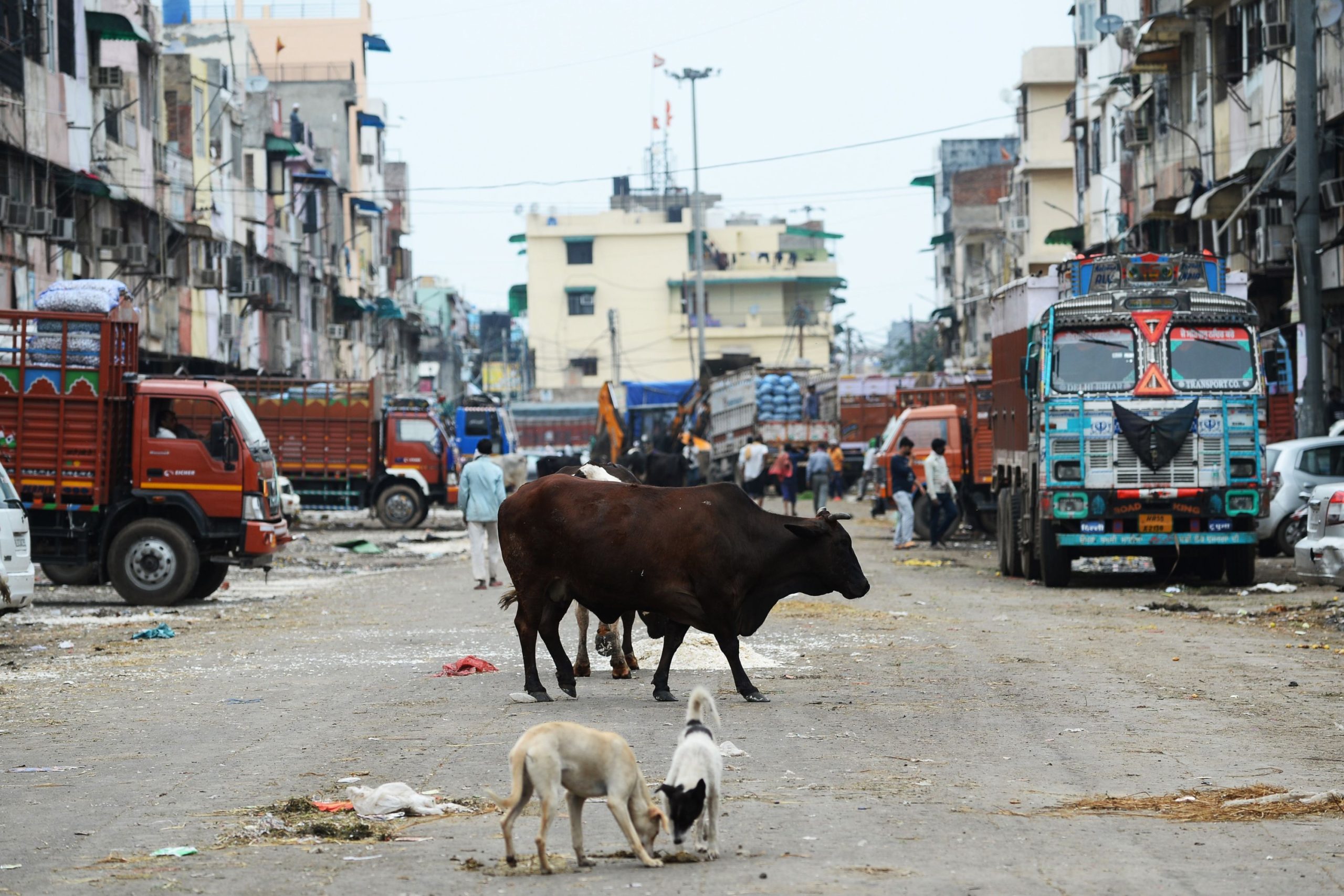1. State of Bihar v. Murad Ali Baig (1989) - This case relates to the sections of the Wildlife Protection Act, 1972. It dealt with whether the hunting of elephants is justified under the provisions of the Indian Penal Code and the necessary provisions of the Wildlife Protection Act. The word “hunting” has been defined under Section 2(16) of the Wildlife Protection Act, 1972 The Supreme Court held that since the elephant was an animal that fell under the scope and list of animals provided under Schedule I, it can be assumed that the hunting of elephants is prohibited. 2. Tilak Bahadur Rai v. State of Arunachal Pradesh (1979) The accused herein shot and killed a Tiger. The court held that while deciding whether the accused acted in good faith or not when he killed a wild animal, it is imperative to understand the nature and dangers that lurked around the accused and under what circumstances the accused killed the animal. After due consideration, the Court stated that the accused shot the tiger that charged at him in good faith and as a means to protect himself. 3. Tarun Bharat Sangh, Alwar v. Union of India (1992) An organization, a social action group, filed a Public Interest Litigation (PIL) in the Supreme Court under Article 32 of the Constitution, claiming that the Rajasthan State Government had issued a number of Notifications declaring the Sariska Tiger Park as a sanctuary, however, the petitioner stated that there was an increase in illegal mining activity …




